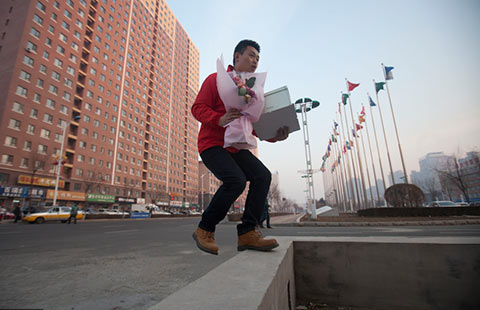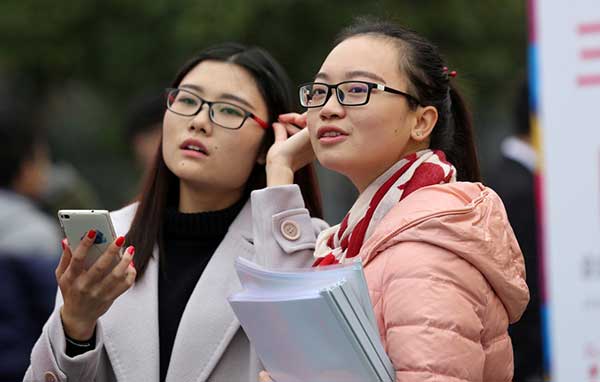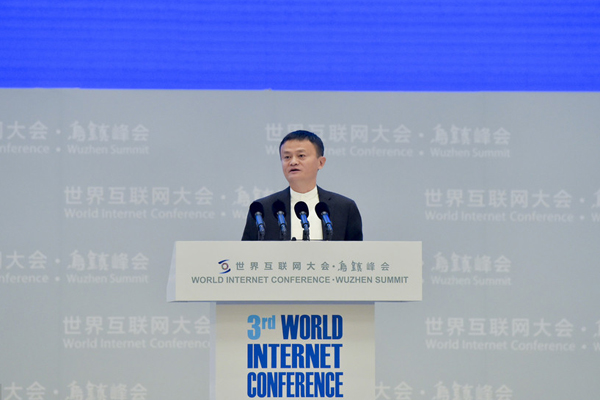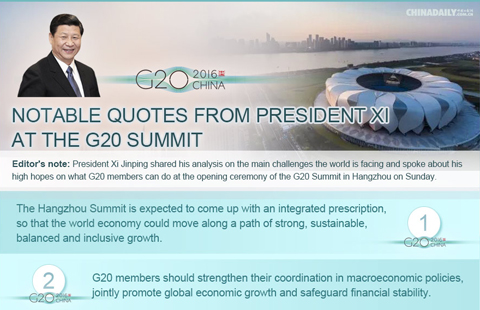Rail boosts regional economy in N China
BEIJING - An Italian-style shopping town in Wuqing district, connected by rail, in China's northern port city of Tianjin is expected to host 6 million visitors this year.
Florentia Village, where tourists can buy top-notch brands from Italy and other countries, is just 100 meters away from Wuqing railway station, the midway stop on the high-speed railway between Beijing and Tianjin, which started operation in 2008, shortening travel time between the two cities to half an hour.
It only takes 23 minutes to reach Beijing, and 13 minutes to downtown Tianjin, from Wuqing by rail. Florentia Village attracted 5.6 million visitors in 2015, bringing 2.7 billion yuan ($390 million) in sales revenue.
"The train station in Wuqing has optimized Wuqing's geographic advantage, the most direct reflection is the booming commerce," said Sun Jiannan, deputy head of the district.
Wuqing's GDP in 2015 was more than six times its size in 2007, prior to the opening of the railway.
This is just one of the great changes that railways have brought to Wuqing, a satellite town of Beijing and Tianjin. In the past two years, Wuqing introduced more than 3,000 investment projects from the capital, or 40 percent of total deals signed.
China proposed a plan in early 2014 to boost the integration of Beijing, Tianjin and Hebei province, to create a new growth pole for the country and to jointly tackle air pollution.
Railways have become a key catalyst for the implementation of the plan.
As important progress in integration of transport infrastructure, the high-speed railway between Tianjin and Baoding, a major city in Hebei, opened in December 2015, cutting travel between the two from 2.5 hours to 1 hour. Beijing has high-speed trains to Shijiazhuang, the provincial capital of Hebei.
Meanwhile, new domestic and international rail freight services have carried more local commodities beyond the area to as far as Europe.
Three freight trains have been launched from Tianjin to central Asia and Europe this year, carrying a total of 480,000 tonnes of freight, according to the Beijing Railway Bureau.
Hebei opened two freight trains to central Asia and Germany this year.
Direct freight trains were also launched from Beijing, Tianjin and Hebei cities such as Shijiazhuang and Baoding, to south China cities, said said the bureau.
"Such railway freight service helps reduce traffic congestion and pollution in the capital region," said an official at the bureau.
In November, the National Development and Reform Commission, the country's top economic planner, approved a program to build an inter-city railway network in Beijing, Tianjin and Hebei by 2030 to push forward regional integration and economic growth.
According to the plan, 24 inter-city railways with a total length of 3,457 km will be built in the region at an estimated cost of 650 billion yuan. Before 2020, nine inter-city railway projects will be started, with a total length of 1,100 km and a cost of about 250 billion yuan.
"The inter-city railway network has great significance in coordinated development of small, medium-sized and big cities of the region," said Gao Mingming, an official in charge of the intercity railway network plan.
"I believe more towns like Wuqing in the region will see rapid development in the future," he added.























